Teaching fundamental math and science concepts using mnemonics includes visual (posters) and acoustic (poems, songs) mediums in the mother tongue of the children (Seraiki). Using Seraiki in our poems/songs sustains the local language, revitalizes it (as part of a continuing struggle against colonization by English/Urdu) and the culture associated with it. Reciting poems and singing songs has been a large part of Seraiki culture. Our songs in Seraiki keep the language alive. Our use of contemporary music draws attention to the language of the vast majority of the population of South Punjab which is under 25 years old.
Exposure to world music/art should influence the children’s aesthetic sensibility–a swirl of activities to catalyze new ways of seeing the world.
Research shows that children learning with mnemonics make exceptional memory gains—of as much as 77 percent (G.R. Miller).
A poem on Heliocentrism (in Seraiki) celebrates the momentous battle for freedom of human mind fought over the right to advocate Heliocentrism, as well, its martyrs such as Giorano Bruno who was burnt on the stake by the Church. The Church condemned Heliocentrism as ‘utterly contrary to the Holy Scriptures.’
Other poems on change of seasons, seeds and germination, Karen Armstrong’s Letter to Pakistan, triangels, circels, Pi. etc. motivate a scientific attitude, promote public health and tolerance while also promoting Seraiki.
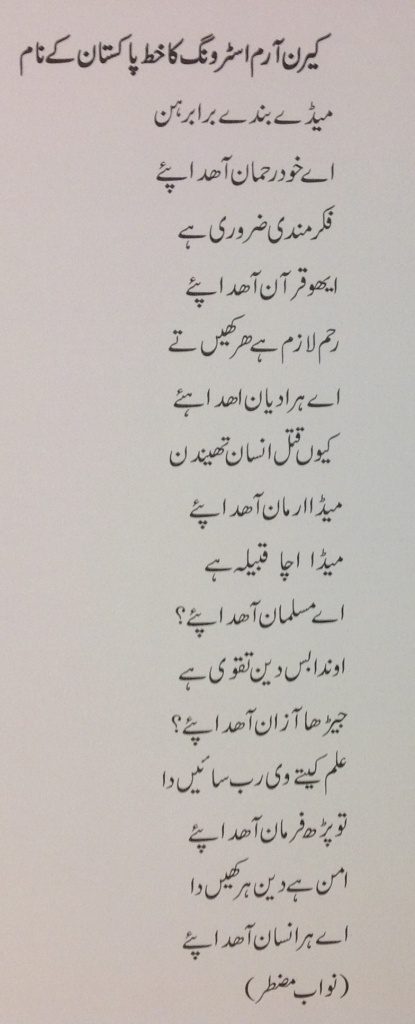
The Seraiki Program is led by poet Nawab Muztar.

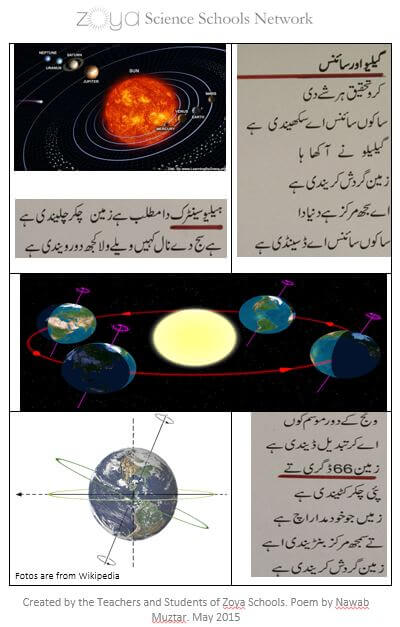
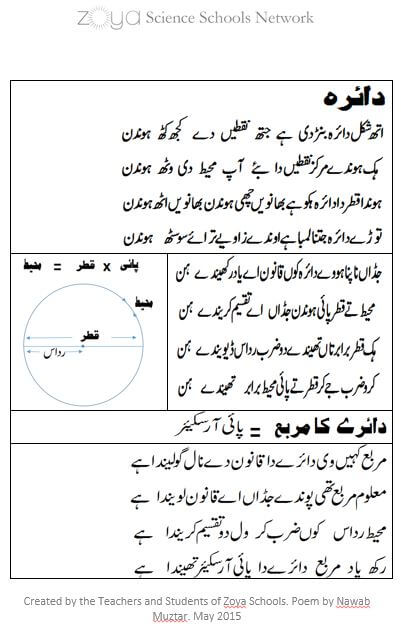
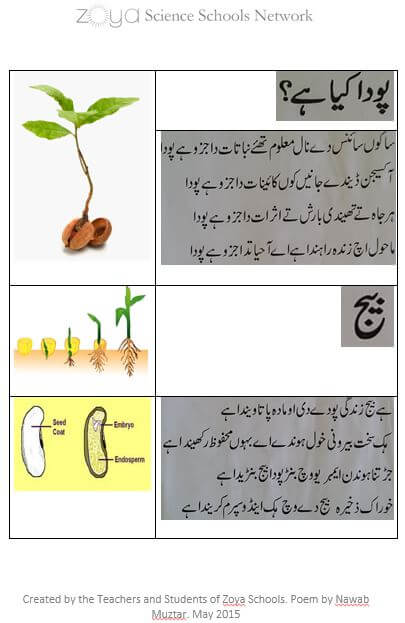
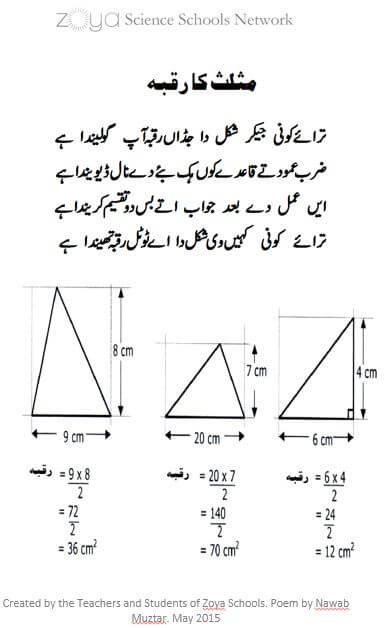
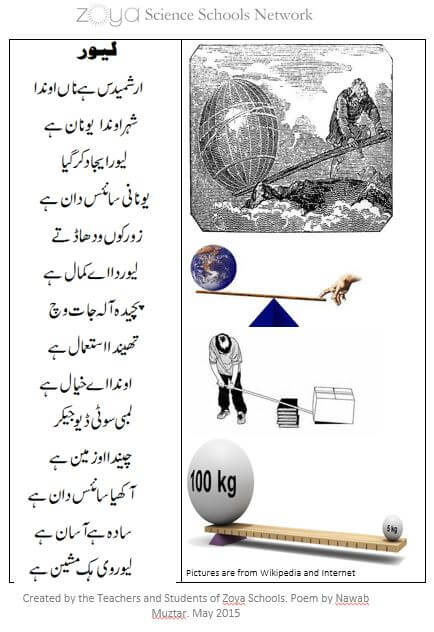
This labour of love will one day revolutionize the fate of under privileged